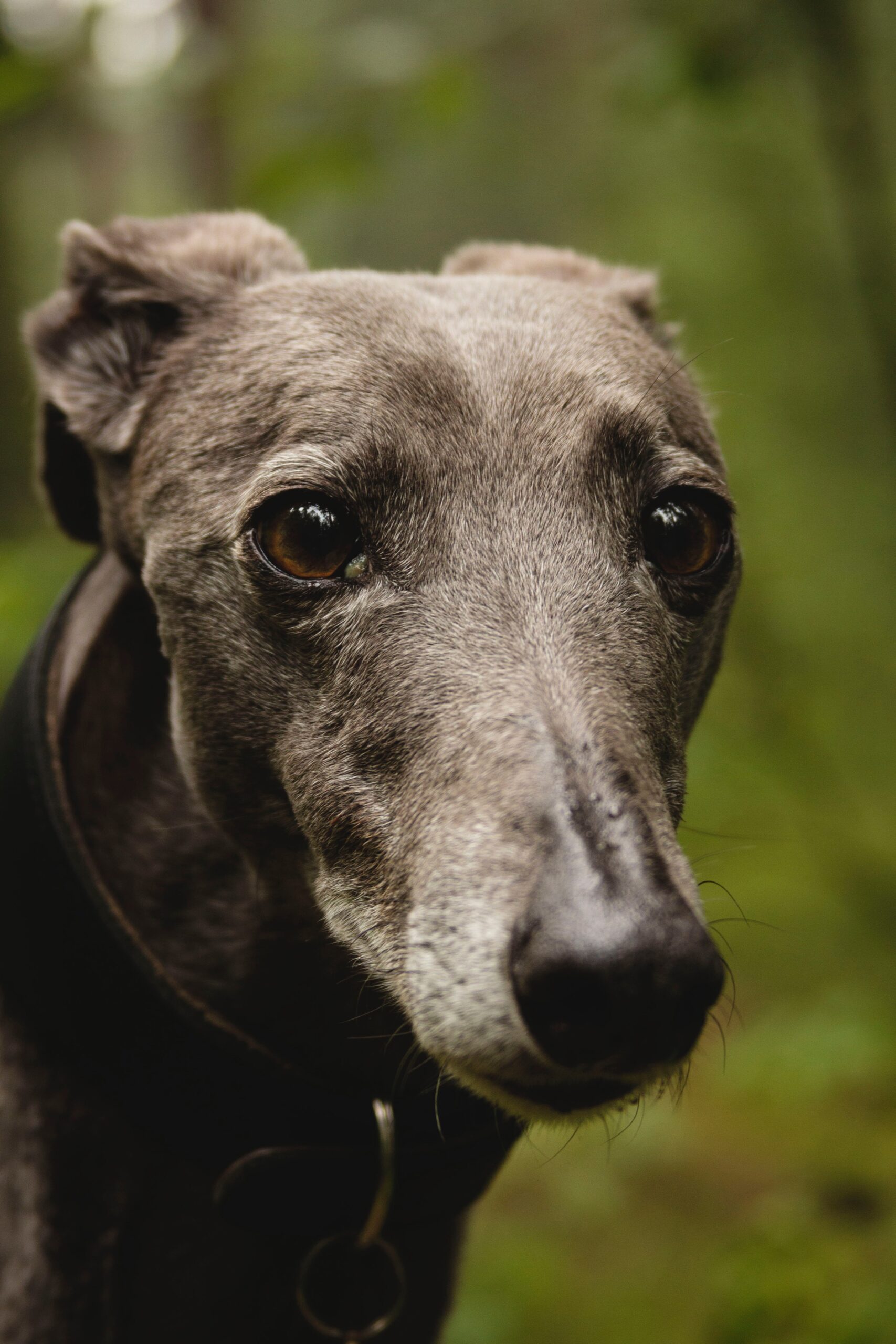It is incredible how dogs developed over the years, which produced various breeds that are present in our world today. Similar to humans, dogs also have their ancestors, wherein they originated. Furthermore, one of the oldest pointing breeds is the Italian dog, BraccoItaliano.
The Bracco showcases a classic appearance with its large body and floppy ears. Evidently, its body is powerful, which allows it to perform different tasks. Its physical capabilities make it a versatile breed.
Moreover, looks are not the only thing we can appreciate in the Bracco since it is also an intelligent and gentle breed. It is highly affectionate towards its family, and its enthusiastic nature makes it trainable.
Origin of the BraccoItaliano
We can trace back the existence of the BraccoItaliano to the 4th or 5th century BC. However, experts are not sure about its exact ancestral origins, although some breeders speculated that it was initially the result of crossing the SegugioItaliano and the Asiatic Mastiff.
Dog breeders developed the BraccoItaliano in Northern Italy. It has a variety of colors, including white-and-orange and roan-and-brown. These color varieties are common in different parts of the country.
Interestingly, during the medieval period, the Bracco’s popularity was not only limited in Italy since it also gained recognition in different parts of the globe. By that time, the Bracco was already a well-established breed that sparked the interest of many dog lovers.
Because of the greatness of the BraccoItaliano, its population was in excellent condition during the Renaissance. However, the BraccoItaliano became extinct by the end of the 19th century. That is why several dog breeders attempted to restore the Bracco but failed – their works resulted in breeds incapable of performing various tasks. Furthermore, most of the dogs produced were not as healthy as the original Bracco, wherein most of them suffered from different medical conditions.
The alarming situation signals dog breeders to have a more systematic approach in rebuilding the Bracco. One method that aided in restoring the breed was to unify its two variations. It includes the Piedmontese Pointer and Lombardy. These two breeds are large dogs with distinct characteristics. However, they also share common features, which helped rebuild the BraccoItaliano.
The unification of the breed led to creating its working standard, which founded the SocietaAmatoriBraccoItaliano in 1949 in Italy. Over the years, the Bracco gradually gained recognition in different parts of the globe.
Characteristics of the BraccoItaliano
Height: 21 – 27 inches
Weight: 55 – 90 pounds
Life Expectancy:10 – 14 years
Hypoallergenic: No
The BraccoItaliano is a large dog that could stand up to twenty-seven inches tall and weighs up to ninety pounds. It is one of the oldest pointing breeds, which excels in various activities. With its athletic figure, it is apparent that the Bracco is a versatile breed. Its healthy body allows it to work for hours with incredible energy.
The appearance of the Bracco shows a simple but classic look. It has large ears and small eyes, along with a wrinkled snout. Its body is often covered with spots. Furthermore, the Bracco has a muscular body, which gives it extraordinary hunting skills.
Besides its physical appearance, the Bracco is an intelligent breed. It has a gentle nature, which makes it a lovable dog for the family. Along with its great physique, this dog could be an excellent companion if appropriately trained.
Caring for the BraccoItaliano
The Bracco is not a difficult dog to handle. They can do well on high-quality dog food and homemade meals – provided that the local veterinarian approves them. Treats are also suitable for them, which also helps in training. However, always make sure to control the amount of food you are feeding them to avoid obesity and severe medical conditions.
In terms of their grooming, the Bracco is a dog that requires less maintenance compared to other breeds. It is because the Bracco has a short coat, which is easy to manage. Make sure to clean their ears regularly to avoid any infections, and give them a bath occasionally. However, if they got into something messy, it is okay to bathe them to remove dirt and other substances.

